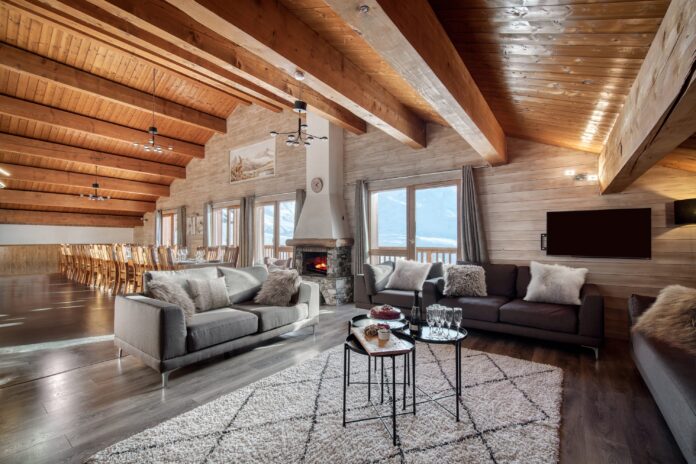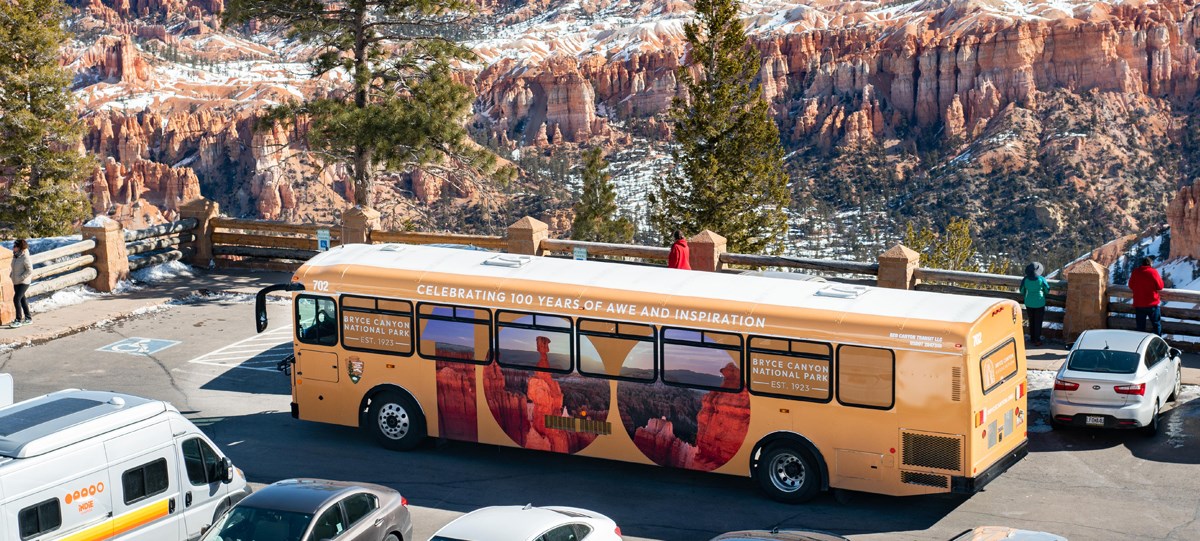Booking a catered chalet Val Thorens stay promises comfort, convenience, and stunning alpine views — but if you want to make the most of every run, it’s essential to get ski-fit before you go. Whether you’re carving down reds, tackling moguls, or skiing back to your chalet after a long day, building strength, balance, and endurance will dramatically improve your performance and help prevent injuries on the slopes.
1. Start Training 4–6 Weeks in Advance
You don’t need to be an elite athlete to ski well, but building up fitness gradually ensures you’ll enjoy more time on the mountain and recover faster each day. Aim to start training about a month before your trip for noticeable results.
2. Focus on Leg Strength
Your legs do the heavy lifting in skiing — literally. Strong quads, hamstrings, glutes, and calves give you control and stability on all types of terrain.
Best exercises:
- Squats (bodyweight or weighted)
- Lunges
- Step-ups
- Wall sits
- Deadlifts
Try 2–3 strength workouts per week, focusing on good form and building reps over time.
3. Improve Core Stability
A strong core improves balance, posture, and injury prevention. It helps you stay stable as you shift weight from edge to edge and navigate uneven snow.
Core builders:
- Planks (front and side)
- Russian twists
- Mountain climbers
- Bird-dogs
- Leg raises
Even just 10–15 minutes of core work every other day can make a difference.
4. Boost Your Cardio and Endurance
Skiing at altitude demands stamina — especially in places like Val Thorens, the highest ski resort in Europe. Cardio fitness helps you stay energized longer and recover faster between runs.
Try:
- HIIT (high-intensity interval training)
- Jogging, cycling, or rowing
- Stair climbing or incline walking
Aim for at least 2–3 cardio sessions per week, and mix steady-state endurance with bursts of high-intensity effort.
5. Work on Balance and Agility
Good balance improves control, especially in icy or variable snow conditions. It also helps reduce falls and builds coordination for advanced techniques.
Recommended exercises:
- Single-leg squats
- BOSU ball balance drills
- Agility ladder drills
- Lateral jumps
Incorporate these into warm-ups or off-days to keep workouts varied.
6. Stretch and Mobilise
Flexibility helps with turning, recovery, and preventing strain on joints. Focus on dynamic warm-ups before workouts and skiing, and do static stretching or yoga to cool down.
Key areas to stretch:
- Hips and hip flexors
- Hamstrings and quads
- Lower back
- Shoulders (for pole control)
7. Simulate Skiing at Home
No mountain? No problem. Ski-specific workouts like jump squats, ski bounds, or even wall sits with pole plants can prepare your muscles and mimic real-ski movement.
Final Thoughts
The better your fitness, the more you’ll get out of your ski trip — especially when you’re staying somewhere like a catered chalet Val Thorens, where luxury meets altitude. Preparing your body means longer ski days, fewer aches, and more après-ski energy to enjoy everything your trip has to offer.










